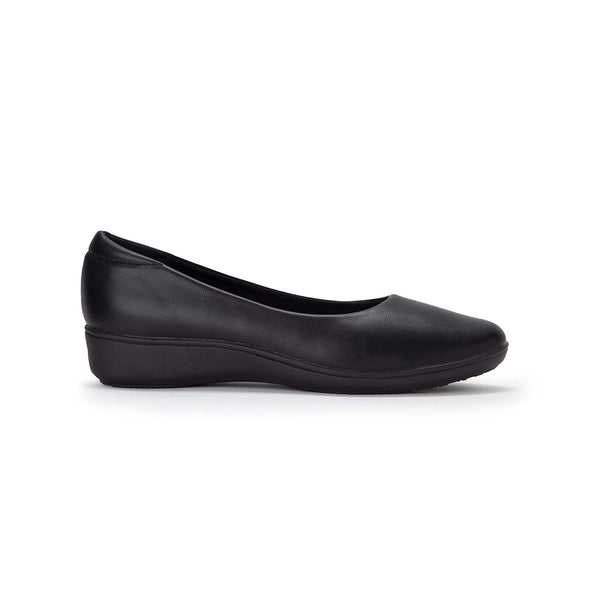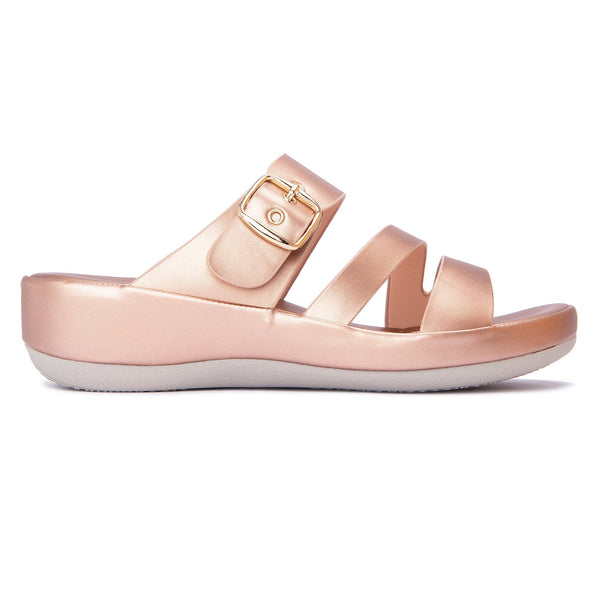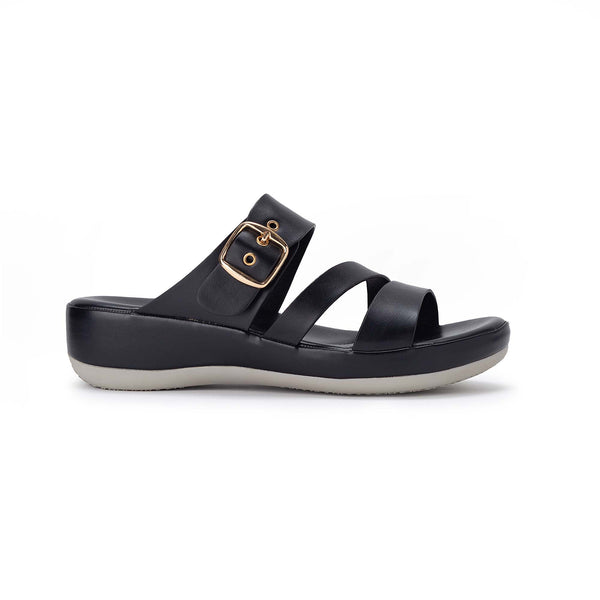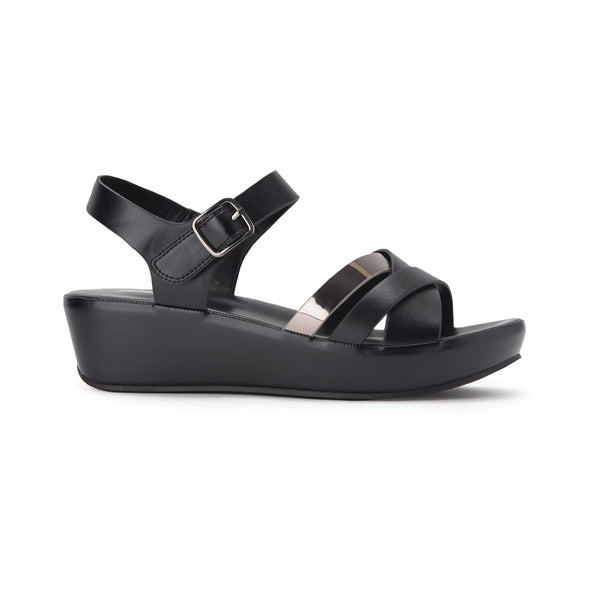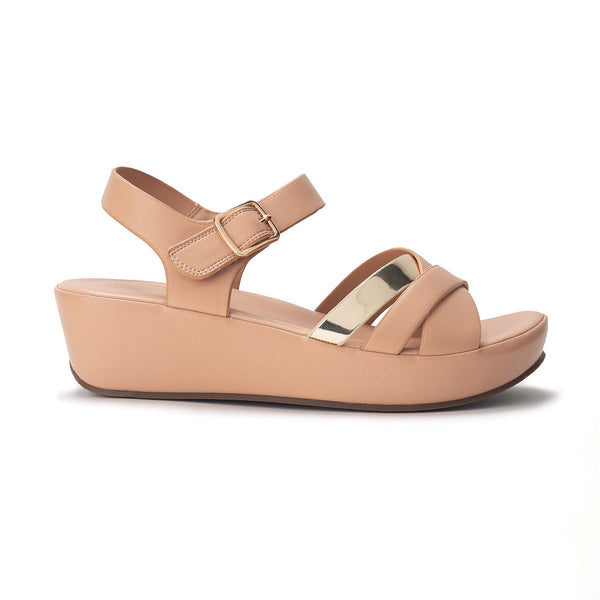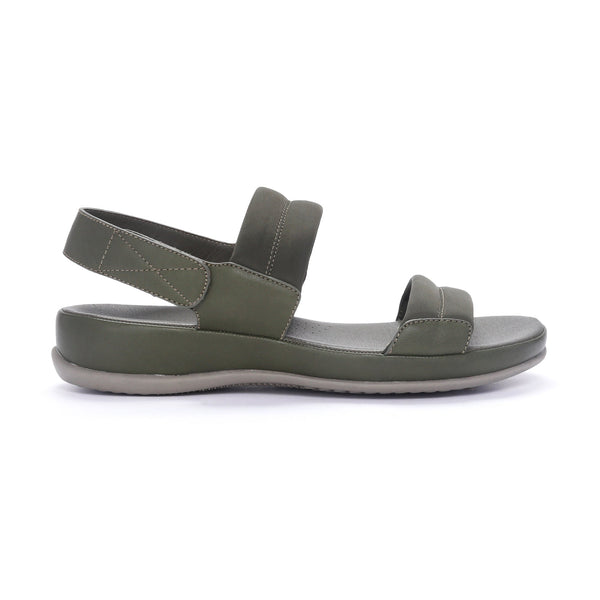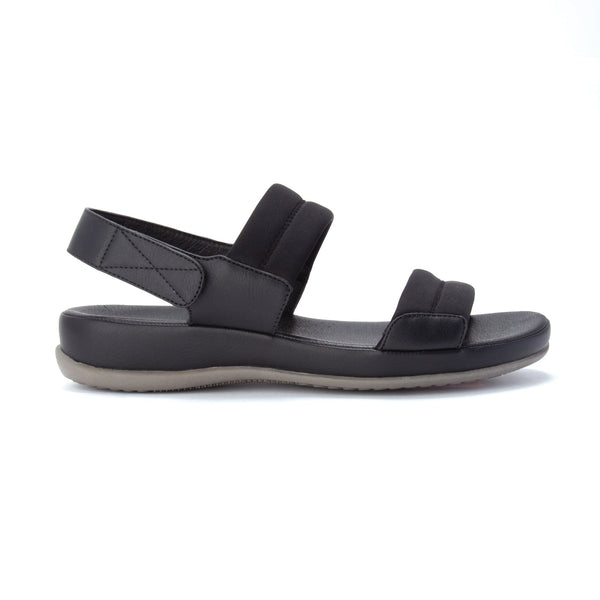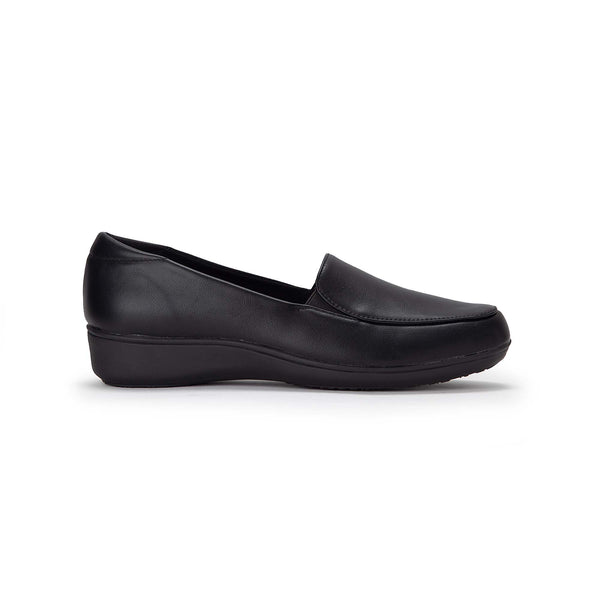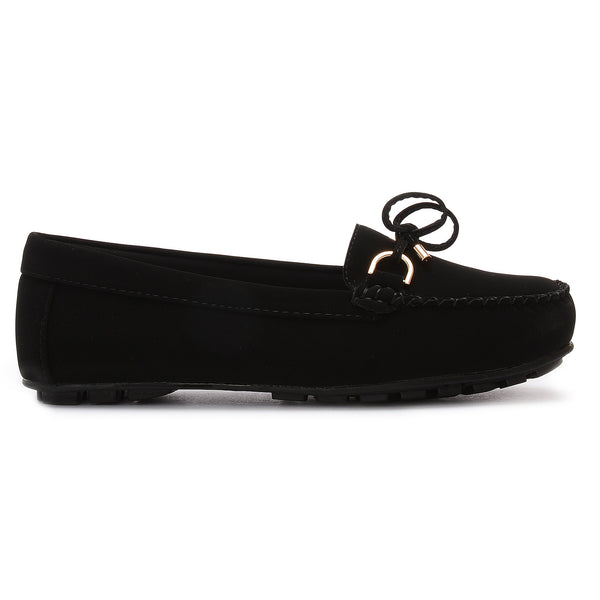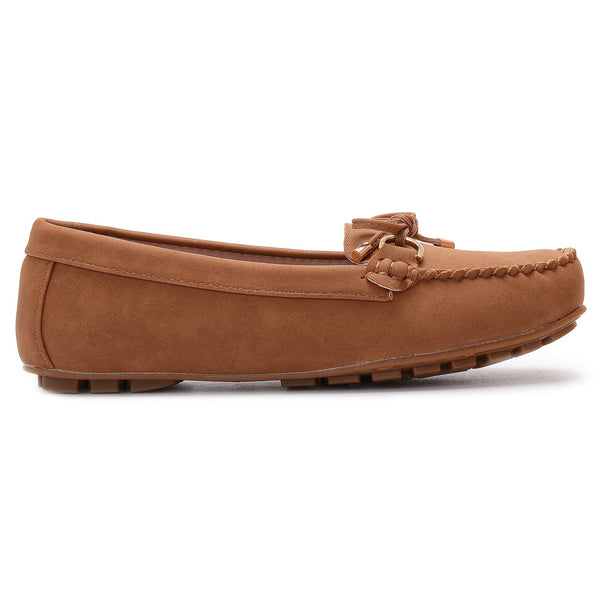
Footwear is, of course, about much more than simply protecting the foot. In addition to signifying a person’s taste or style, shoes have long been an important way of communicating national, regional, and cultural identity. Shoes have, for centuries, been used to share customs and traditions among people around the world.
As a multinational company, we love learning about shoes in different cultures and the role they play. Here, we would like to share some facts about shoes and the unique customs and traditions evident in the way people use footwear to express their cultural identity.
Houseshoes: yes or no?
Today, attitudes towards taking off shoes indoors vary, often by national culture. For example, in some countries, guest slippers are typical, as it is considered inappropriate to wear shoes inside, but also inhospitable to ask your company to go barefoot in the house. In other places, meanwhile, guests would be shocked if they were expected to take their shoes off at all.
Likewise, in religions originating in the Indian subcontinent and the Middle East, it is customary to remove one's shoes when entering a house of worship. While in places like Canada and Norway, the history of shoes is dictated chiefly by the weather. Due to the amount of snow experienced during the colder months, schoolchildren and employees usually wear indoor shoes in the winter. However, outdoor shoes are worn in schools and office settings throughout the summer. In Finland, meanwhile, students don’t wear shoes inside. Finns go barefoot at home, and because schools aim to offer students a nurturing, home-like environment, the no-shoe rule applies.
All in all, there’s a lot to keep track of when it comes to having the right thing on (or off) your feet! So let’s take a closer look at the symbolic and functional role of shoes worldwide.
Practical materials and household comfort define footwear in India
In India, slippers are extremely common in households. However, even when out and about, many people prefer slip-ons for easy wear. Sneakers, meanwhile, are becoming more popular each year. However, they are still primarily worn outside the home—either at the office, for casual meetings, parties or for walking.
As India is a diverse country and people follow many faiths and religions, there is an abundance of places of worship. Nevertheless, the no-shoe rule applies to all of them. You must go barefoot whether you are at a temple, gurudwara, mosque, or church.
Shoes are also considered to be a representative stand-in of a person. For example, in the ancient Hindu epic, Ramayana, Bharat, the younger brother of Ram (the protagonist), places his paduka (a type of shoe) on the throne to rule the kingdom in his absence.
And, finally, during monsoon season—it is less the form of the shoe that matters and more the material it is made from. Due to the heavy rain experienced throughout most of the country, people are more inclined to buy rubber footwear like a rubber chappal, which are water resistant.

Fun, colourful slippers will keep your feet warm in Bangladesh
In Bangladesh, people always wear house slippers in shared spaces, and you will likely see colourful flip-flops used as shoes in the home environment. Household slipper segmentation is also standard. For example, people have one pair of slippers or flip-flops to use in the bedroom, common room, and living room, dedicated flip-flops for the washrooms, and different slippers to wear on stairs and rooftops. In addition, comfortable sandals are the second most used shoes for the home environment and are worn during house parties when guests are also present.
Whether or not people decide to go barefoot is also influenced by the season. In the summer, when it’s hot outside and the floor is refreshingly cool, most people forgo shoes. Likewise, since much of the population is Muslim and follows a frequent prayer schedule (for which shoes are not permitted), it is often more convenient to stay barefoot.
Safari boots stay at the door in Africa
It is common in Kenya and other east African countries to have dedicated slippers or flip-flops (Pata-Pata), specifically for the bathroom. They are generally used when showering and walking around the house, and you will find a pair in virtually every household throughout the area. Removing outdoor shoes at the door is also customary so the interior remains clean from outdoor debris. Indoors, it is most usual to go barefoot, or you might receive a pair of slippers if the floor is particularly chilly.
The rugged terrain across Africa is one of the primary reasons shoes are left outside the house. Safari boots, suited to the arid outback environments, might be what you find a selection of when entering a Kenyan home and as our colleagues in Limuru assure us, “safari boots are the boots that say you have visited Africa.”
No shoes in the mosque or prayer room (or on the couch!) in southeast Asia
Across southeast Asia, including Japan, Korea, and China, it is also common to remove shoes before entering the house. About half of households go barefoot, while the other 50% of
people wear thong sandals, slip-ons or slippers inside the house. One important distinction is that most remove even their indoor slippers before entering the bedroom.
In these cultures, it is considered entirely inappropriate to have any shoe on, including a thong or slipper, when lying on a bed or sofa. This rule applies across all of society, regardless of race, religion and social status. People in this part of the world are also used to quickly slipping shoes off before entering the mosque, praying room, or other places of worship.
Eastern Europeans keep their shoes on for formal events
Throughout Slavic countries, people generally take their shoes off at home and also expect visitors to do so. The exception is if there is a formal meeting or a social event taking place. Since this line may be blurry, it is considered polite to simply ask the host what they prefer. When at home with the family, some people walk barefoot while others wear slippers. This is usually dictated by the type of flooring and how warm it keeps the feet.
Schoolchildren in eastern Europe usually have a particular pair of shoes for wearing indoors, especially in winter. Many households also have several pairs of spare indoor slippers for visitors. In churches, just like restaurants, shops, theatres, and museums, shoes are not taken off.
Southern European footwear customs flow with the trends
For Italians, slippers are also the traditional shoes worn in the home. When it comes to the shoes worn in public, though, no one style dominates. Being a fashion-forward nation, Italians usually have a varied shoe collection as they wear different shoes for different occasions and seasons.
Our Italian colleague explains, “we are also very subject to fashion trends, which change frequently and may include unusual shoes. This year, for example, slingbacks are one of the most popular shoes, which can be used both for going to work and for a party.”
In places like Spain or Portugal, the customs are also fluid. In both countries, it is not uncommon to enter the home with shoes on, although some prefer slippers. Due to the warm weather and proximity to the ocean, you see a lot of bare feet. Overall, the Portuguese and Spaniards usually set their own rules according to each household, so visitors expect to be given instructions upon entry.

North Americans need shoes for the task at hand
Throughout Canada and the United States, the customs are also flexible and vary by household. Of course, in places with more extreme temperatures, different rules apply. In the Arctic regions, for example, protecting feet from the cold, harsh climate takes precedence over any other customs. Inuit cultures across parts of Canada and Alaska continue to craft traditional boots from caribou and sealskins to keep feet warm and dry. Meanwhile, in other parts of the continent, special shoes are worn for specific purposes, such as horseback riding. Throughout southern Canada and many parts of America, it is not unusual to see several pairs of cowboy boots lined up outside an entryway.
Latin Americans love their sneakers
In Latin America, it is also common to wear shoes at home. Like other countries discussed so far, slippers are popular at home, but, in addition, it would not be unusual to see a pair of sneakers acting as houseshoes in this part of the world. As the most popular shoe style across all Latin countries, sneakers are appropriate for just about every occasion.

Our colleague in Peru also let us in on a fun bit of shoe trivia. She explains that in the everyday speech of her country, they use the word “taba” to refer to shoes. Using this word as a basis, they have also produced phrases such as “Hazme la Taba” (used among friends), which means accompany me (mainly walking).
She also pointed out that “taba” and “Bata” are comprised of the same letters, and as the story goes—“Our parents and grandparents tell us that in the 1960s and part of the 1970s, to have a pair of good quality shoes was to buy them at Bata shoe stores. “ How good BATAS boy”, but as in the popular speech, everything is spoken backwards. Therefore it became TABA, which is the reverse of BATA. So for Peruvians, it is common to say, “What good ‘tabas’!” as a synonym for, “What great shoes!”.


